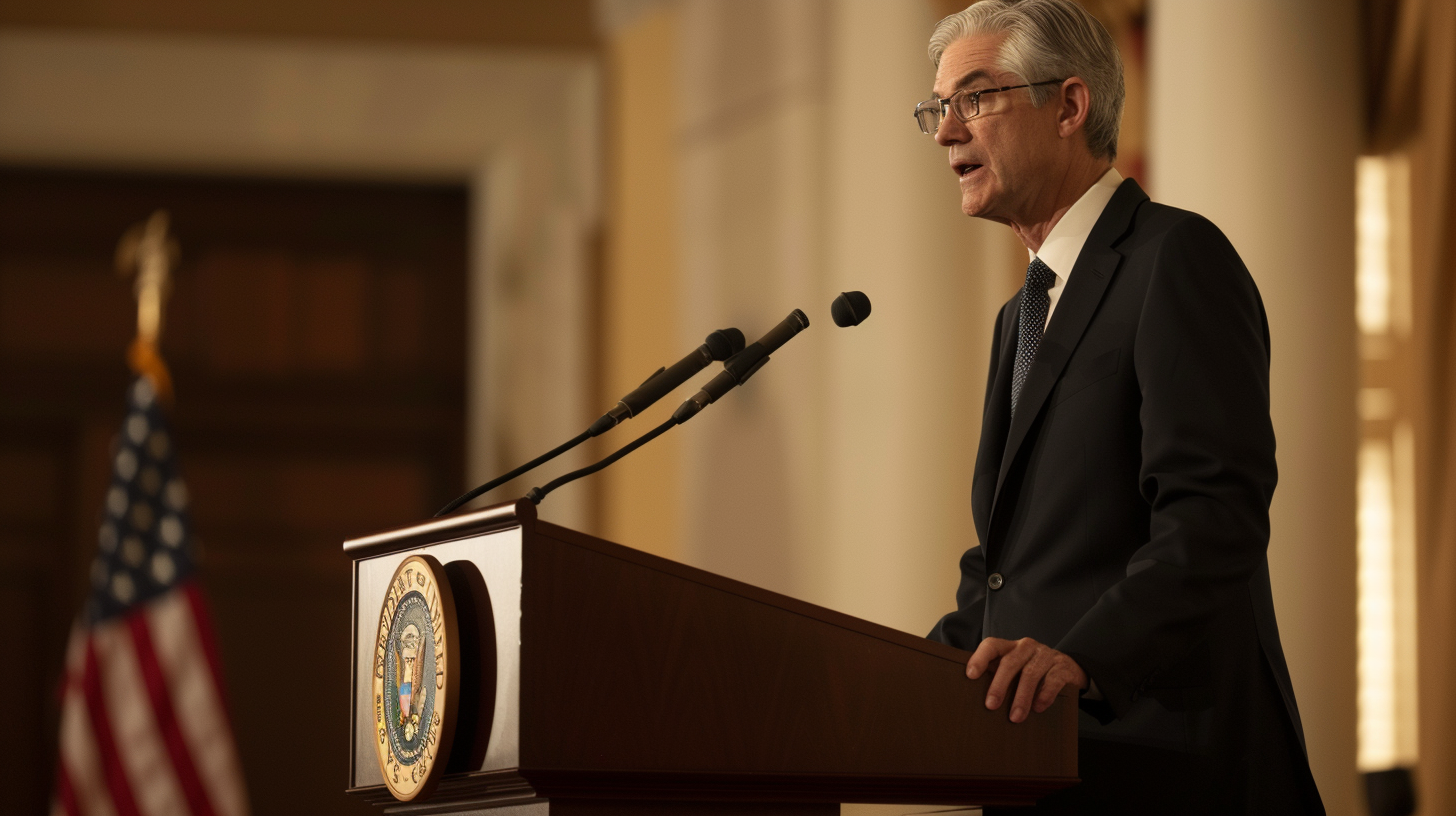As NobleCon20 approaches, excitement is building for an event packed with innovative discussions, strategic networking, and industry insights. Among the many highlights of this year’s conference is the AI panel, featuring Zack Kass as the keynote speaker, alongside a lineup of distinguished panelists. Scheduled for Tuesday, December 3rd, this panel promises to provide an unmissable deep dive into the transformative power of artificial intelligence (AI) and its implications across industries.
A Keynote That Defines the Future
The AI panel kicks off with a keynote address by Zack Kass, the former Head of Go-To-Market at OpenAI, the pioneering organization behind ChatGPT. Kass has been at the forefront of AI innovation, contributing to the development and adoption of generative AI technologies that are reshaping the way we live and work. With over 14 years of experience in emerging technologies, he brings a unique perspective on how AI is catalyzing a new industrial revolution, akin to a modern renaissance.
In his keynote, Kass will explore the practical applications of AI, moving beyond the theoretical “art of the possible” to the tangible “world of the practical.” From empowering businesses to enabling breakthroughs in various fields, Kass will offer valuable insights into how AI is not only a tool but a transformative force poised to redefine humanity’s future.
The Panelists: Experts at the Intersection of AI and Industry
Following his keynote, Kass will join a moderated panel of AI leaders, including:
- Vin Singh, Chairman & CEO of BullfrogAI Holdings, Inc. Singh’s company leverages causal AI to streamline drug development, reducing clinical trial failure rates and advancing therapeutics. His work showcases AI’s potential to revolutionize healthcare and biotechnology.
- Jonathan Cohen, Head of Life Sciences Industry Go-To-Market at ServiceNow. Cohen specializes in using AI to drive digital transformation in life sciences. His career spans roles at industry leaders like Wipro Limited, Medidata Solutions, and McKinsey & Company, making him a key voice in the integration of AI into enterprise operations.
- Elycia Morris, CEO of Synergist Technology. Morris leads the way in AI governance and compliance through Synergist’s AFFIRM platform, helping organizations navigate the complex regulatory landscape of AI deployment. With a background that includes leadership roles at the Pentagon, Apple, and General Electric, she brings unmatched expertise in operational efficiency and technological innovation.
Why This Panel Matters
AI’s rapid advancement is changing the global landscape, and its influence is inescapable. This panel aims to demystify AI for non-technologists while offering strategic insights to C-suite executives, entrepreneurs, and investors. The discussion will delve into pressing topics such as:
- The gap between AI potential and practical implementation
- Strategies for data monetization and overcoming common hurdles
- The moral and economic implications of AI adoption
- Governance frameworks to ensure ethical AI growth
As organizations struggle to achieve their AI aspirations—nearly 73% fail to meet their data strategy goals—this panel provides a roadmap to success. From understanding the hype versus reality to preparing for AI-driven change, attendees will leave equipped with actionable knowledge to stay ahead in the AI era.
NobleCon20: A Platform for Growth and Innovation
This year marks Noble’s 40th anniversary and the 20th NobleCon, held at the state-of-the-art COBEE facility at Florida Atlantic University. Known for its integration of business, education, and investing, NobleCon continues to be the premier event for showcasing emerging growth companies and thought leaders.
The AI panel is just one of many reasons why NobleCon20 is the “orchard” for discovering the next game-changing opportunities. Whether you’re a high-net-worth individual, institutional investor, or entrepreneur, this conference is designed to inspire, inform, and connect.
Mark your calendars for December 3rd, and don’t miss the chance to gain invaluable insights from the brightest minds in AI. At NobleCon20, the future of business, technology, and humanity converges.














